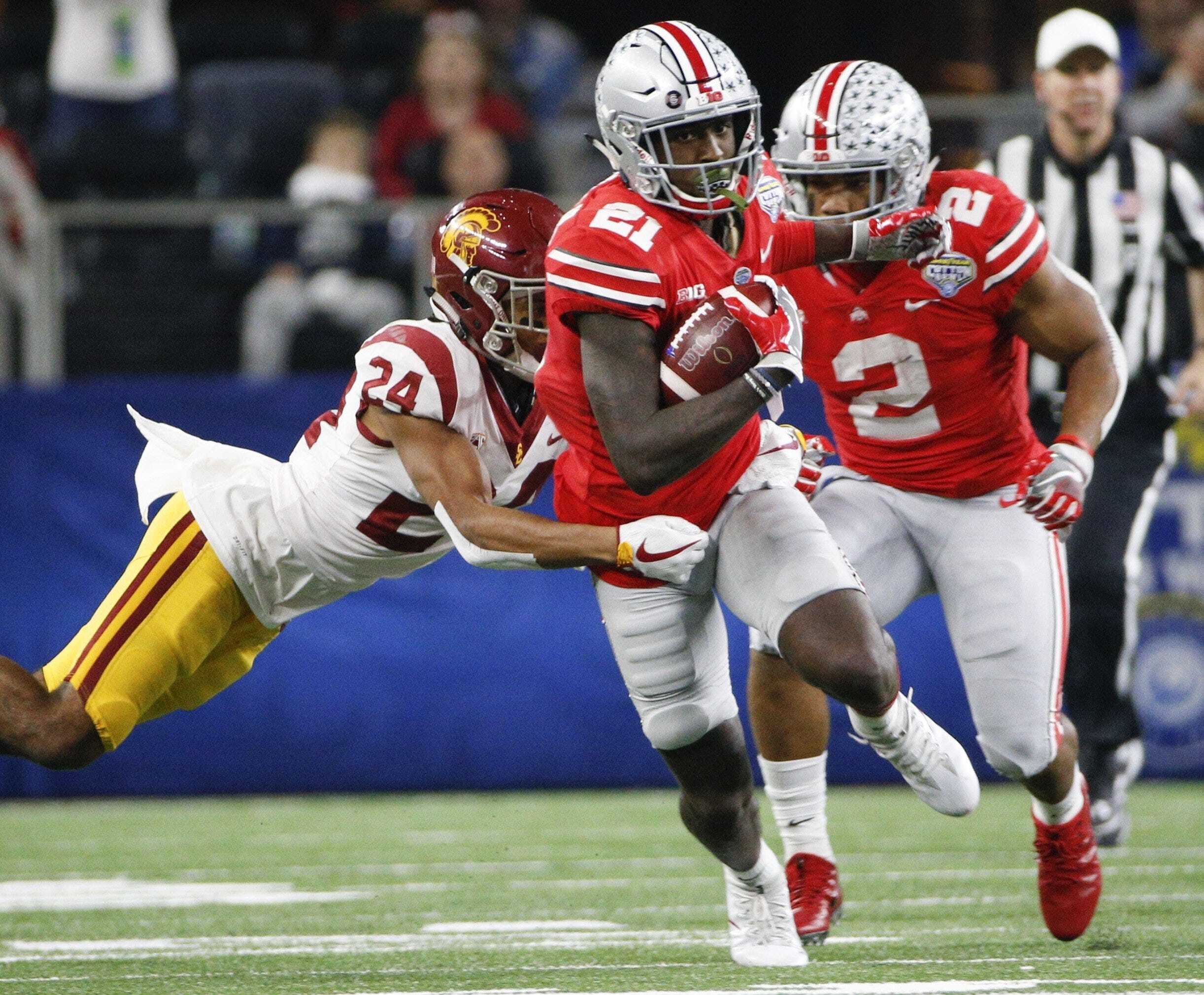The NIL case may have been a driver to the effort to potentially wipe out 1/3 of the P5 plus everyone else. NIL money would make it much harder for programs to stockpile talent, because players have to play to get paid. A 5* will be a lot less willing to be a backup on Alabama instead of going to Mississippi or even UCF and starting immediately. And getting paid.
So if you are one of the college football superpowers, how do you maintain your control over the top recruits? Wipe out your competition by aligning with the other top programs so you will have all the power in recruiting.
NIL is such a game changer to recruiting that I can see why the SEC and Texas/Oklahoma have to move now. If they wait 5 years, the talent could be dispersed so broadly that 15-20 schools will no longer dominate recruiting like they do now. And that could cost them in revenue as other schools emerge or simply the teams at the top turn over more rapidly.
I am bumping this thread. I still don't see why the Big 10 would add two high maintenance programs out of LA that will make a mess of scheduling and non-revenue sports just to get a few more dollars on its revenue contract.
I think the Big 10 and SEC are making a power play to become the P2, and they are coordinating this move between them. They are doing this for two reasons:
1) Turn college football into a duopoly for the playoffs and grab as much broadcasting real estate as possible.
2) Send the message to the top players that they need to be in the Big 10/SEC.
I think it is going to be really hard for the Big 10 and SEC to pull that off. I think they will have to have some standards of competition or the sport will collapse, and when that happens, the schools that were left behind will have an advantage.
I still go back to the NIL being a big game changer for college sports in every way possible. Players will have to play to get really paid, which means that the transfer portal will be busy and players are going to chase minutes. This will destroy the traditional advantages the major programs have had in recruiting, and they know it. We are seeing it in basketball already. Broadcast revenues will still matter, but as long as a conference doesn't do anything as stupid as signing a 20 year contract like the ACC did, those will increase for everyone.
I have said for years that the reason that SEC football was so good was that they were willing to pay their players at a level that other colleges felt uncomfortable doing. In other words, the SEC schools were willing to cheat. Now every school can pay its players, so any school that wants to and has enough booster and corporate support can legally compete for the best talent. This is a massive game changer in college sports and we are only in the first or second inning of seeing its impact.
In football, teams like Pitt, TCU, Cincinnati and BYU could be entering a golden age. All those schools are in or near big cities, giving them access to a fan base beyond just their alumni base. Furthermore, the city locations gives them access to corporate NIL opportunities. The wealth of BYU's alumni base could make them a college football superpower in an NIL-driven recruiting world. In basketball, the Big East is already tearing it up in the transfer portal because city schools can compete with anyone for NIL opportunities. It's up to the schools to decide if they want to compete. Tradition is dead.
I think the SEC and Big 10 looked at this changing landscape, and then looked at their own membership, and saw a huge threat to their position. I don't think the additions of UCLA, USC, Oklahoma and Texas are proactive moves, they are reactive moves. The P2 have to move now or it will be too late, so they tried to take out two of the P5 by grabbing their most valuable members, and then hope that the ACC's terrible TV contract finishes that league off. I think it is a bad move, with lots of downside and a small chance of working. I think it is a move made by a bunch of middle aged and older ex-jocks who can't get their hands around the implications of a modern world with rapid talent movement and streaming.


